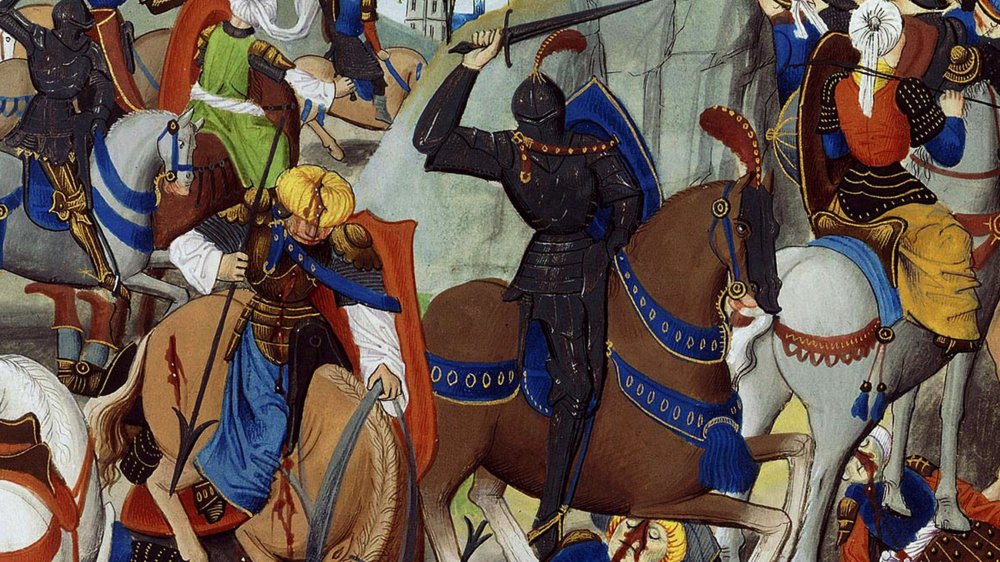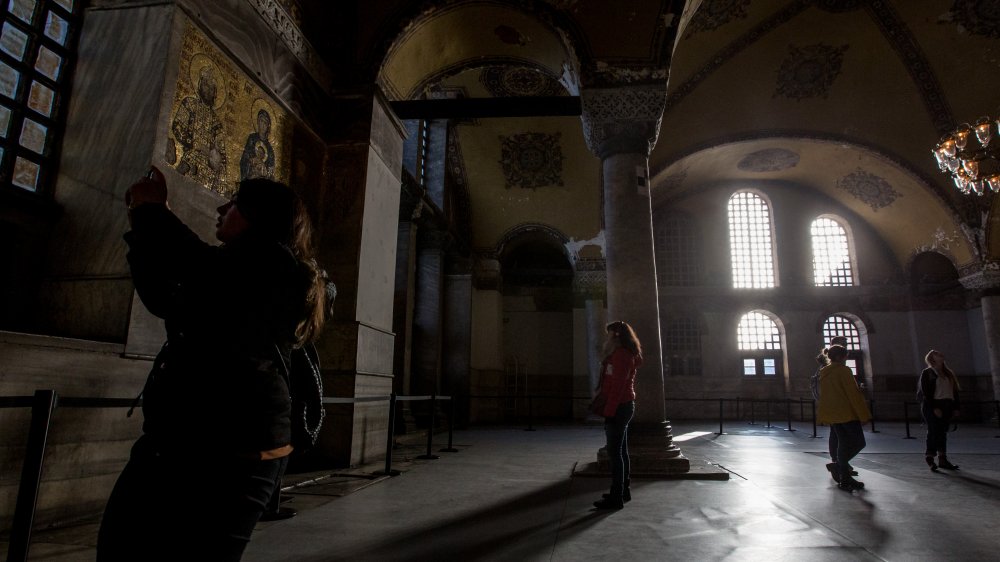How The Fall Of Constantinople Led To The Renaissance
"When Mehmed (II) saw the ravages, the destruction and the deserted houses and all that had perished and become ruins, then a great sadness took possession of him and he repented the pillage and all the destruction. Tears came to his eyes and sobbing he expressed his sadness. 'What a town this was! And we have allowed it to be destroyed!' His soul was full of sorrow. And in truth it was natural, so much did the horror of the situation exceed all limits."
The city in record, which was supplied by EyeWitness to History, was Constantinople, once capital of both the Roman and Byzantine Empires. After a thousand years and a fifty-three day siege, on May 29 1453, the city fell before the canons of Mehmed II and the Ottoman Empire.
The final fall, however, came not as a shock, but as a euthanasia. By this point, the Byzantine Empire had suffered from nearly 800 years of land loss, shrinking the borders from Tunisia and down the Nile to the walls of Constantinople. In addition, as Fall of Constantinople notes, the city economic condition was precarious and its population had dwindled from the 500,000 of its heights to a mere 50,000. So, the feelings of grief with which people received the news came more from a sense of an age passing than surprise. As ThoughtCo and other sources point out, many of today's scholars use the fall of Constantinople as the event that divides the Middle Ages from the Renaissance.
Rebirth
The further impact of the fall of Constantinople supercharged Western Europe, and the culture of what is commonly described as Western Civilization. The direct result of the fall was a flood of refugees from the city towards the West, specifically Italy. The contextual importance of this is highlighted in Colin Wells's book Sailing from Byzantium: How a Lost Empire Shaped the World: "The successor of Greece and Rome, this magnificent empire bridged the ancient and modern worlds for more than a thousand years. Without Byzantium, the works of Homer and Herodotus, Plato and Aristotle, Sophocles and Aeschylus, would never have survived." The texts containing the Classical culture that sparked the Renaissance were housed in the city like a seed vault, and with the outpouring of refugees, the culture followed.
A direct example of how the influence blossomed into the opening of modernity is given by Daily History. They cite the widespread reintroduction of Aristotle as the basis for a more empirical approach to understanding: "[The Italians] learned [from the manuscripts] that Aristotle emphasized the role of empirical study and investigation and that experiment was necessary to establish the truth. The Aristotelian emphasis on practical knowledge (praxis) encouraged many Italian scholars to adopt a greater emphasis on observation and experiment and this helped to foster the growth of science in Italy at this time." All thanks to the sack of one of the greatest cities, for the cultural basis as well as the scientific one, for humankind's reinvigorated modernity.

